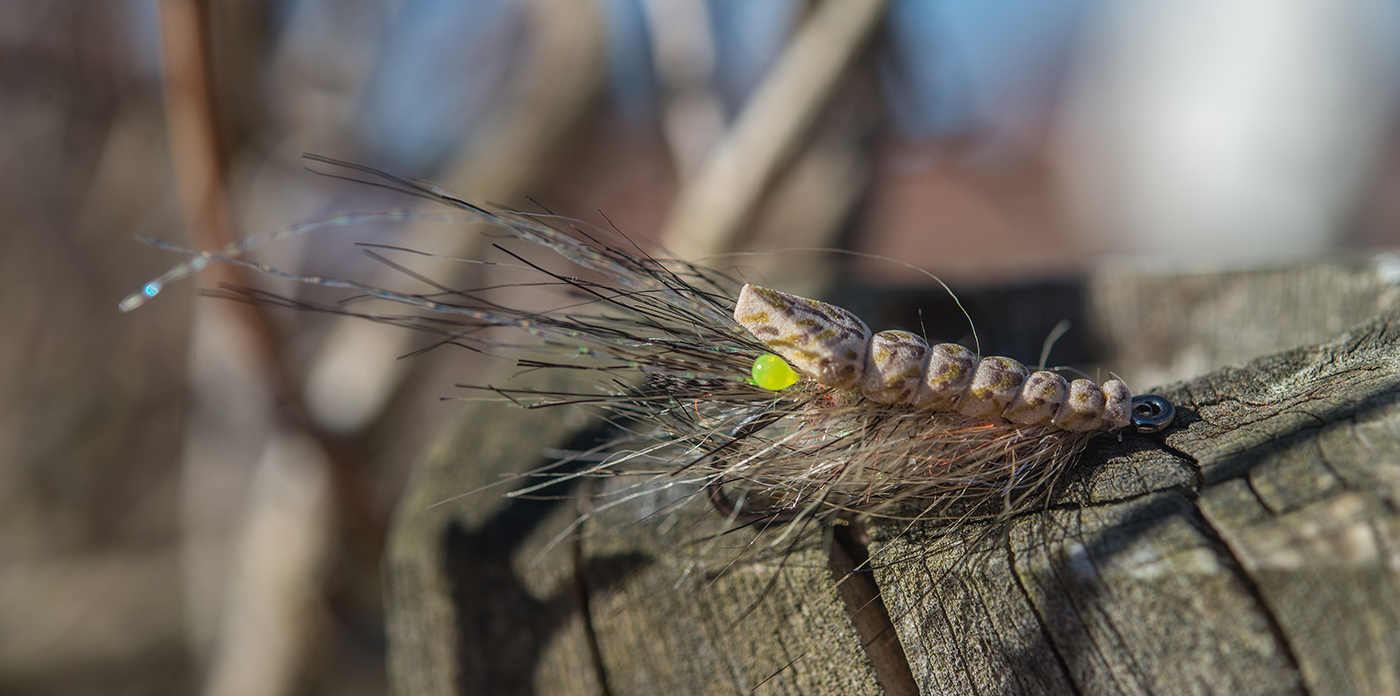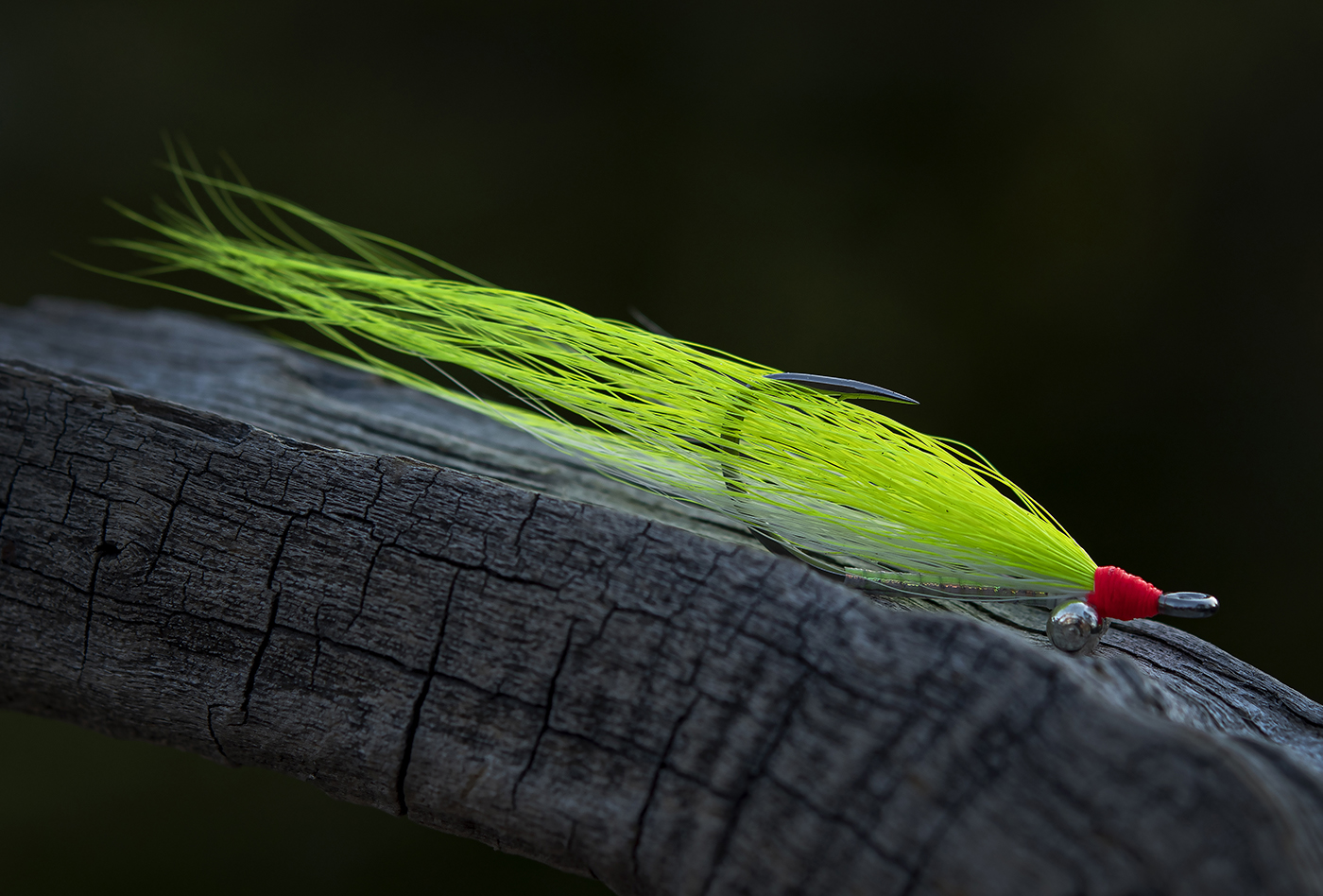
Chartreuse Pillow Talk by Hanna B. Vestergaard
In any type of fly, for any kind of species, during most of the season, you can encounter conditions, where it’s highly advantageous (some essentially necessary) to do whatever you can to avoid snagging on weed. Simply in order to be able to move your fly through the water. There are several ways of negotiating the challenge – and only one to avoid it totally, which is to stay home. But – that’s not why we’re fishing, so let’s take a look at some of the options and their advantages and drawbacks.
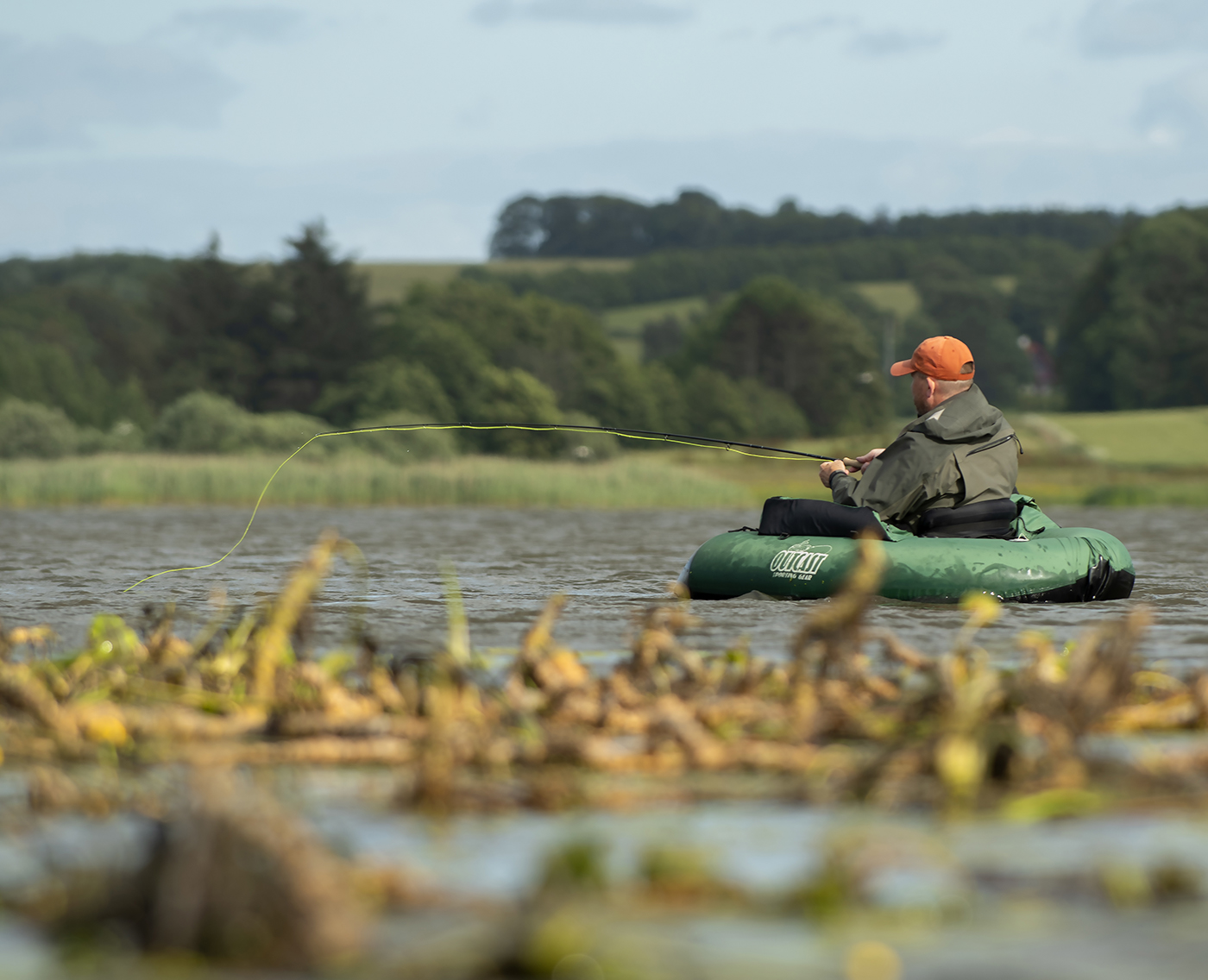
Going up-side down
Designing your fly, so the hook rides upside-down is probably the oldest, and definitely the simplest way of trying to avoid weeds and snags. It’s definitely not the most effective as you most often sill have an exposed hook point, but upside-down, you can fish over snags and on the bottom and greatly reduce unwanted hook-ups. A quintessential fly for all predatory fish, and quite possibly the most well-known upside-down fly is the Clouser Minnow. Invented by living legend, Bob Clouser, in the late 1980s and named by equally legendary Lefty Kreh. A simple, fast to tie, durable bait fish imitation that has caught every imaginable predatory fish around the world. The tying style and the dumbbell eyes on top of the hook shank makes it fish hook-point up.
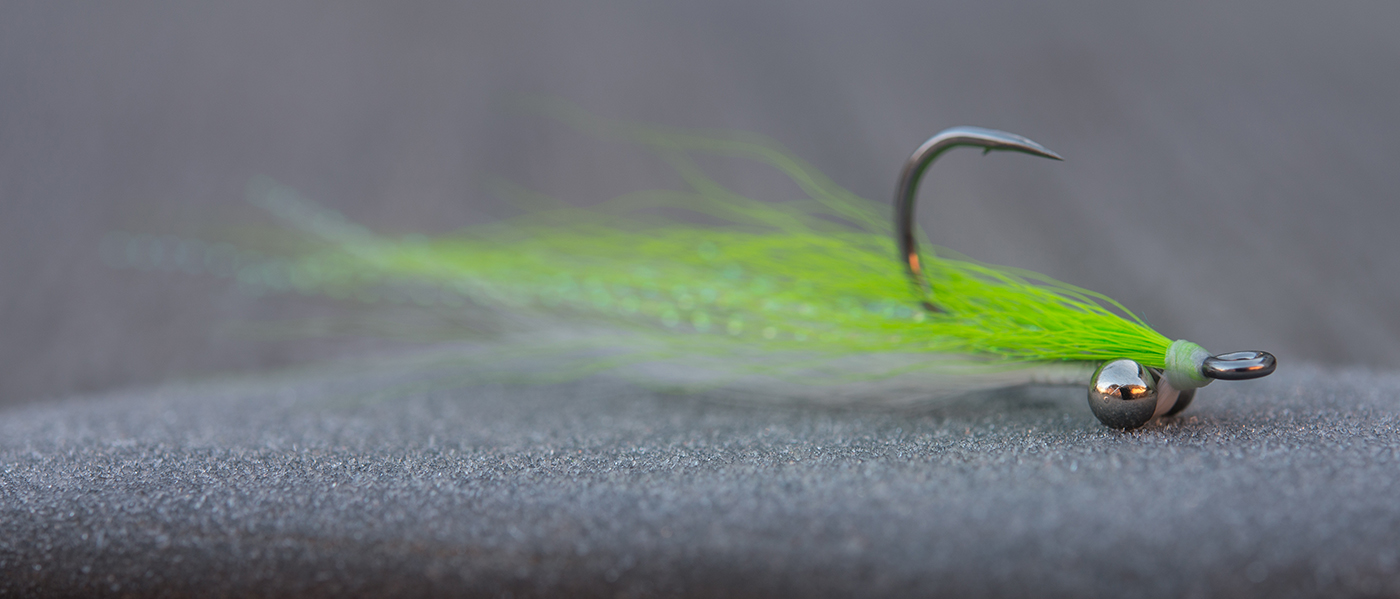

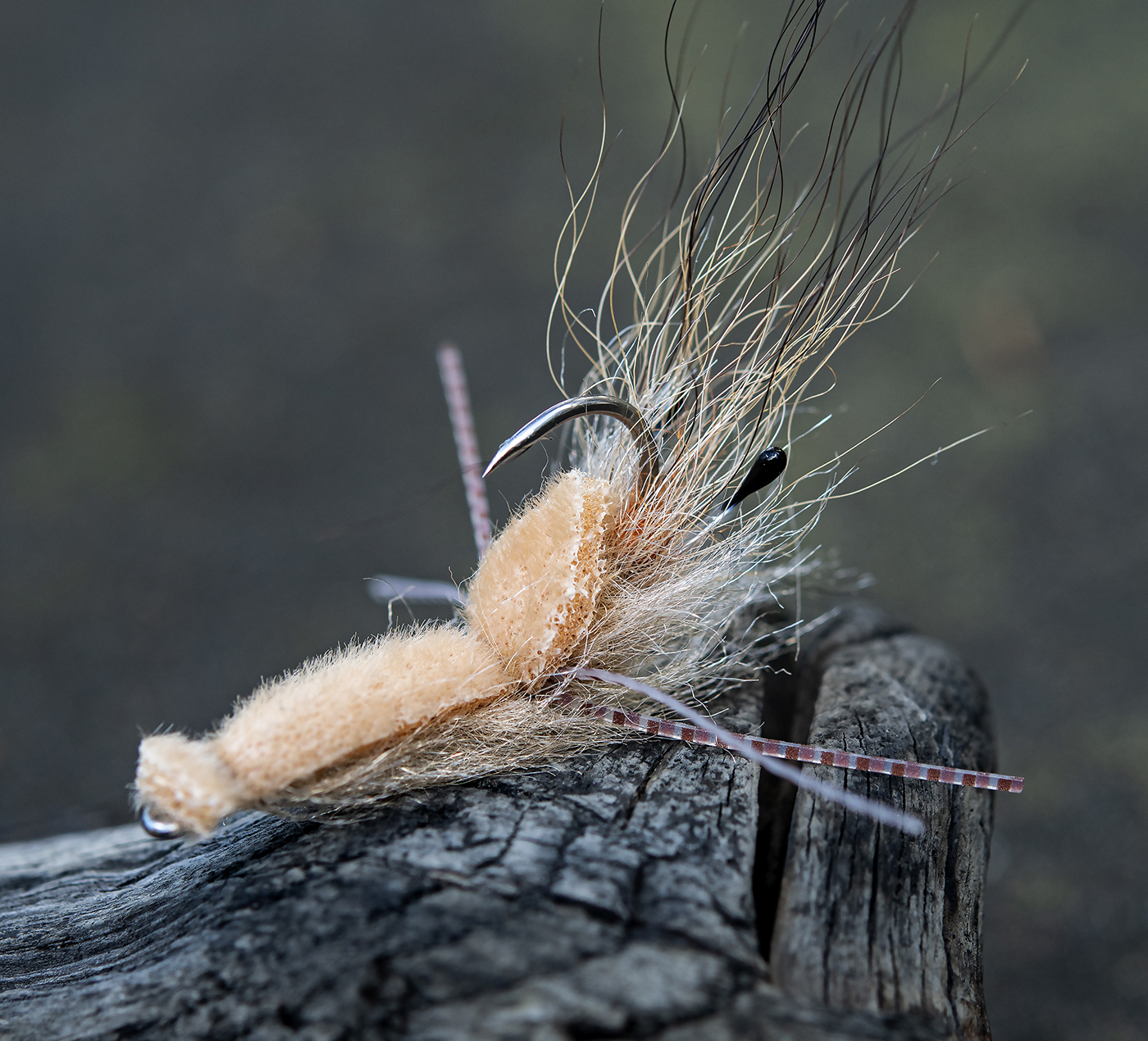
By fly design only you can also do a lot. Check out this beauty by Steve Silverio, where he’s combined dumbbells to help turn the hook, with a tying style where the buck tails wing completely covers the hook point. This style serves two purposes – covering the hook point and aiding in keeping the fly upside-down.



Hook design
Some hooks are specifically designed to fish hook-point up and some are even designed, so the fly can be dressed to further reduce weed and snags. Jig-hooks are a well known example of this, where the forward, bent part of the shank (often in combination with a bead) allows the tension from the leader to turn to hook up-side down. Jig hooks are most commonly used for nymphs for trout and grayling, but also come in larger sizes for other types of flies and other species of fish.
In our line up you’ll find several hooks designed to ride hook-point-up and allow for other weedless designs. Gunnar Brammer’s PR 378 GB Swimbait is very popular and we have two series of jig-style hooks, FW 550 Mini Jig and FW 554 CZ Mini Jig.



Weedless on the surface
Not only sunken flies fished deep, because sometimes you need to fish your popper or other surface flies over weed beds – pike, bass and other species like to hide out in weeds. Poppers are not the best for up-side down designs. But there are other possibilities. Tying a heavy piece of mono around the hook bend and up through the eye is a well know method and very effective on both surface- and sunken flies. A single, heavy piece of mono from the hook eye down is also effective.


Away from the weeds
Sometimes you fish water, where the weeds aren’t tall and all that’s needed is to keep your fly above the weeds. A popper is of course good for this purpose, but all that might be needed to to add a little negative buoyancy to your fly, not necessarily to float it, but to keep it hovering or just slow down the sink rate. The most obvious way to do this is by incorporating foam in the tying of the fly, or maybe just selecting a lighter wire hook is enough.
